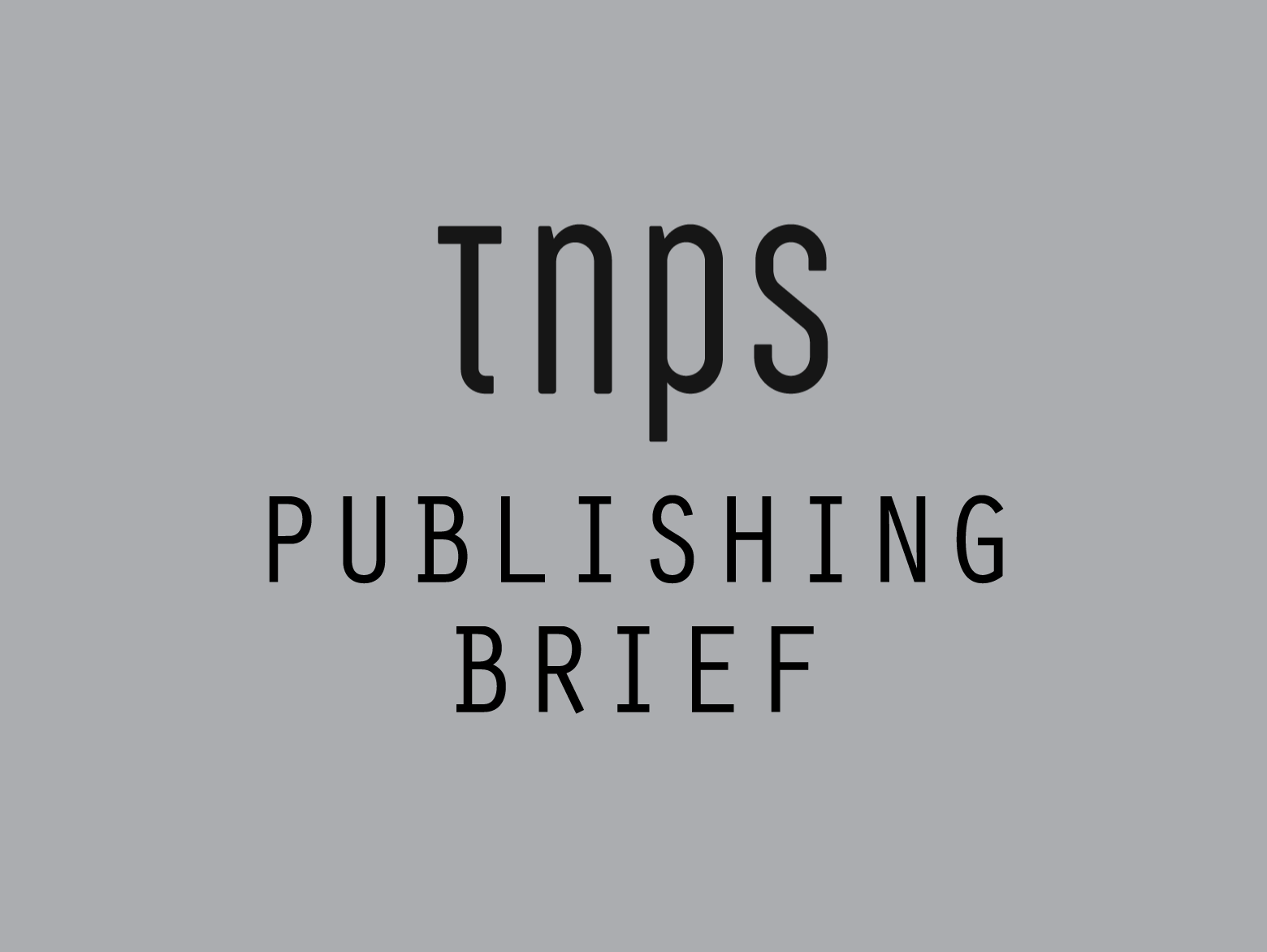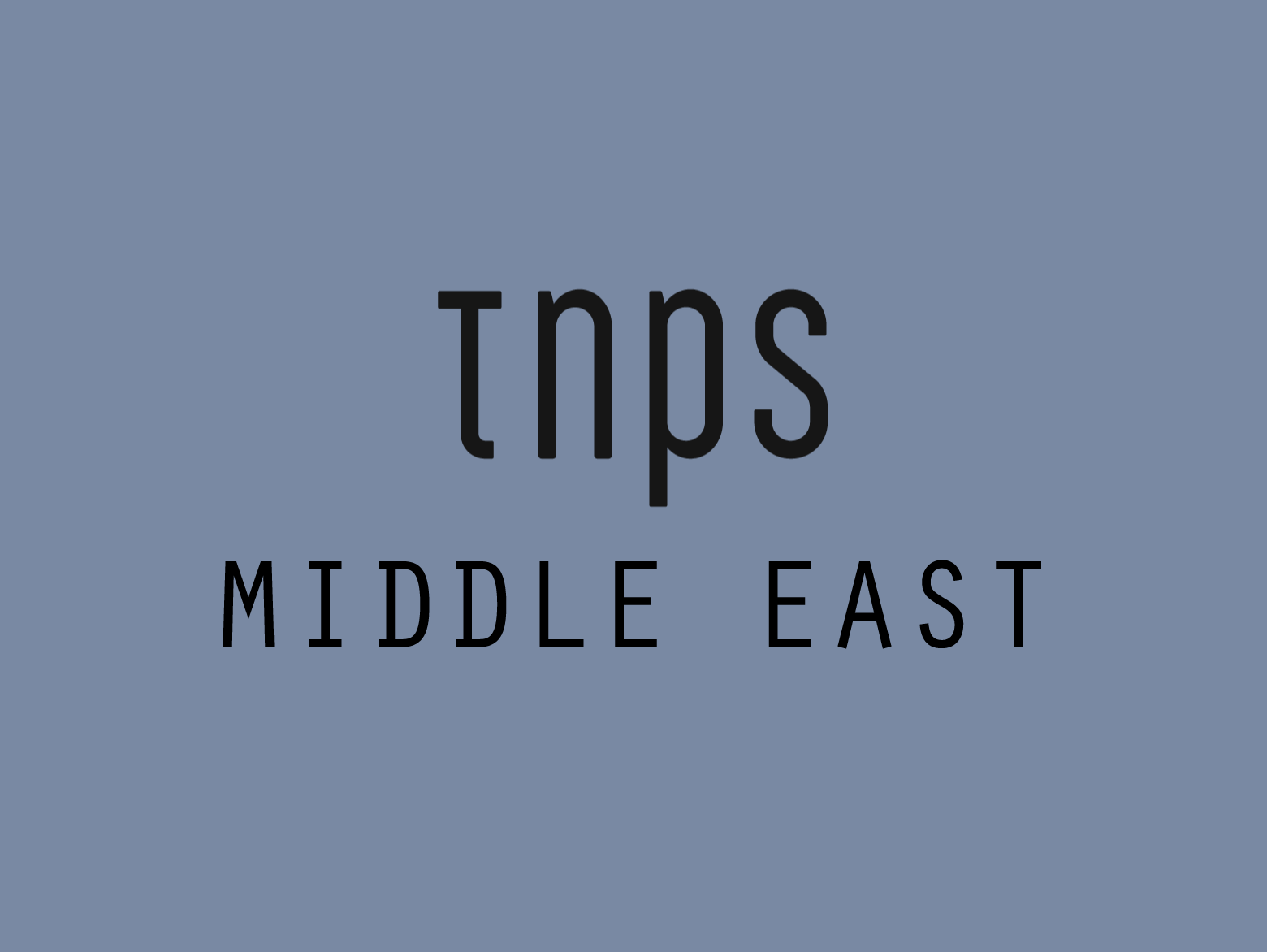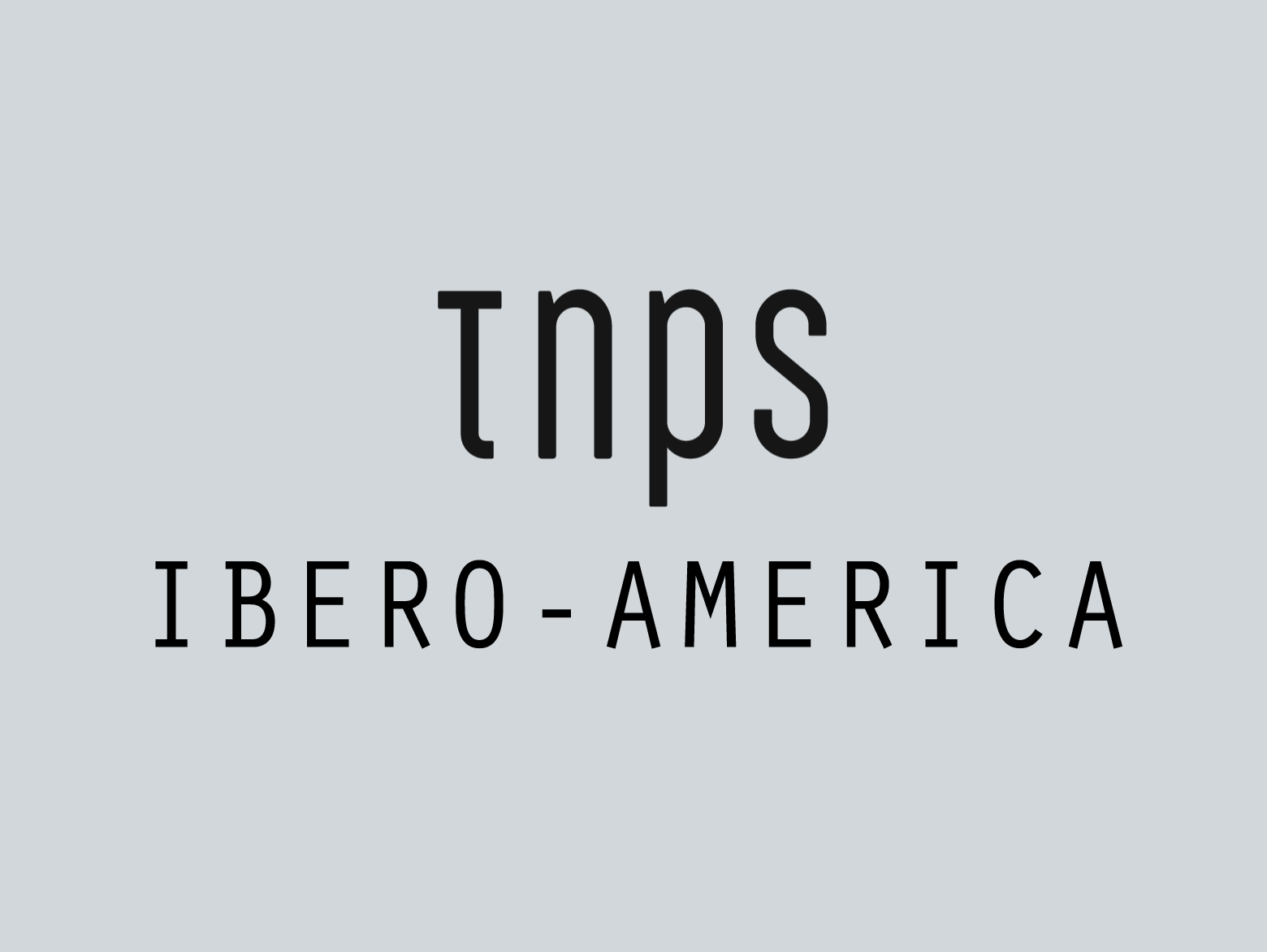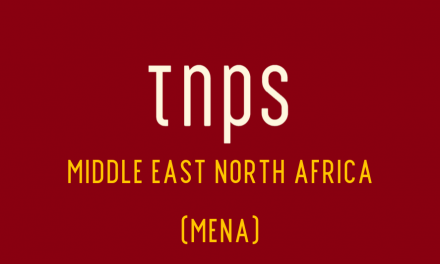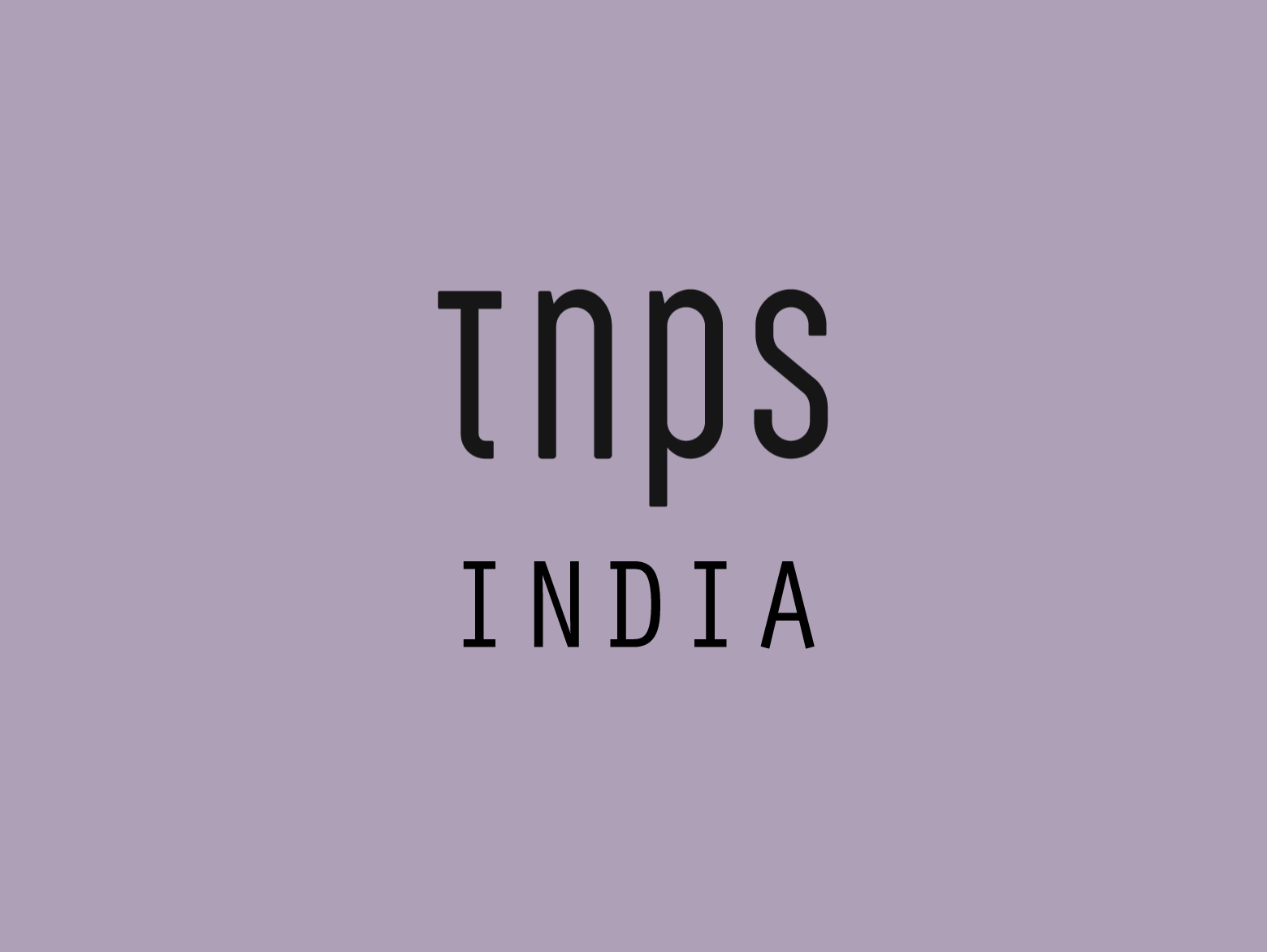Attracting reluctant readers to books is a worldwide problem for publishers.
Comics and graphic novels are one way to bring more readers to books.
That’s not their only benefit – comics and graphic novels can make you smarter in other ways, if this post on Geek and Sundry last year is to be believed.
In 2017 comics and graphic novels are widely respected as an art form. But it wasn’t always so.
Back in the 1950s comics were being blamed for any and all social ills, with one hostile author, Frederic Wertham, denouncing comics for encouraging such perceived sins as homosexuality (Batman and Robin were gay, and Wonder Woman was a lesbian into bondage), and claiming Superman to be not just un-American but a fascist.
A quick perusal of the archives here at The New Publishing Standard shows just how globally popular comics and graphic novels are, but some countries are still relatively behind the curve.
While not quite embracing comics, the Oxford University Press Pakistan has, since 2014, been producing a series of graphic biographies – richly illustrated with minimal text – on topics of appropriate gravity to merit inclusion in the OUP catalogue.

Source: OUP Pakistan
Graphic biographies of, for example, Pakistani stateswoman Fatima Jinnah.

Source: OUP Pakistan
Or Pakistan’s national Urdu poet, Dr Allama Iqbal.

Or Pakistan’s first “first lady,” Ra’ana Liaquat Ali Khan.
According to Pakistan’s Daily Times, the Graphic Stories series from the OUP were the first graphic stories to be published in Pakistan. Presumably meaning by that non-fiction in book format for schools, as comics are popular in the country, and of course illustrated children’s fiction books have long been a staple in Pakistan.
As an author with a few children’s books under my belt I find it instructive to look at the catalogues of publishers in different countries.
The OUP Pakistan English-language children’s catalogue is, typically, not so very different from what we might find back home.
There are many classic titles from the west (Little Women, A Christmas Carol, A Midsummer Night’s Dream) that are clearly no more than locally printed versions of the overseas editions.
But there’s also a rich selection of locally-produced titles that, character names and character images aside, we might find in the children’s books section back home

Or

As a Muslim country Pakistan is not going to welcome all authors and publishers with open arms – outsiders looking to gain traction in the country need to respect both legal and cultural constraints we might not be familiar with at home – but the country is not isolated from the Global New Renaissance unfolding and offers myriad opportunities for authors and publishers.
With 73-75 languages, Urdu and English dominate, and the OUP in Pakistan is at least ahead of its sister operation in India. OUP Pakistan publishes in both English and Urdu. As reported here at The New Publishing Standard last month, in India the OUP has only just started publishing in a local language (Hindi),
At the time of writing neither Amazon, Apple, Nook or Google Play are options in Pakistan to buy ebooks from and there are no serious local options. But don’t mistake that for a country-wide indifference to books and reading.
The thirteenth Karachi International Book Fair kicks off in December. Typically attracting around 400,000 visitors, the 2016 KIBF saw sales of 200,000 books in just the first four days.

Karachi International Book Fair 2016 – Source: KIBF
Pakistan is an incredibly exciting market, and one I will return to time and again here at The New Publishing Standard.
But the Karachi International Book Fair isn’t the only book event in Pakistan by any means, and as I opened this post with the OUP Pakistan, I’ll close on same.
Because as I write this the OUP in Pakistan is in the middle of a month-long book fair, ending November 15, taking place in the many OUP bookstores across the country. In Karachi, Lahore, Islamabad, Rawalpindi, Faisalabad, Multan, Dera Ghazi Khan, Rahimyar Khan, Sargodha, Sahiwal, Peshawar, Abbottabad, Quetta, Hyderabad, and Sukkur, since you ask, with shorter-duration events in Mirpurkhas, Larkana, Khairpur, Shahdadpur, Sukkur, Panu Aqil, and Shaheed Benazirabad.
The Pakistan book market is overshadowed by its giant neighbour India, but really is worth taking seriously in its own right.
And for those looking to the digital opportunities ahead, not withstanding, as above, that there are no ebook players in Pakistan right now, it’s worth bearing in mind that as of September 2017 Pakistan had 44.6 million people using the internet – more than Canada or Australia – yet is only at 22.7% penetration.
I’ll leave you with this image from the Paramount Book Fair, which takes place in Pakistan each September.


